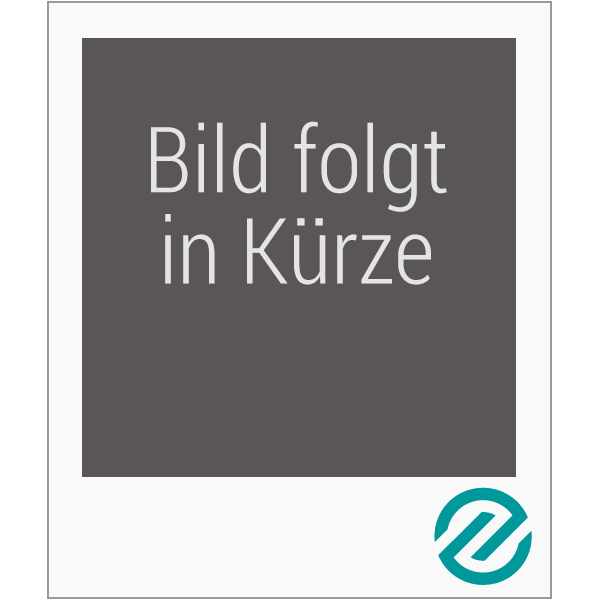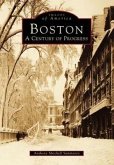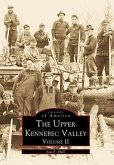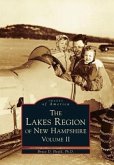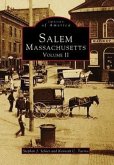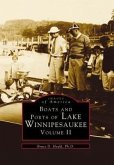Visit territory such as the House of Reformation at City Point and the Home for the Feeble-minded at City Point. Explore the Perkins Institute for the Blind, relocated in the former Mount Washington House in 1839. City Point boasts its own attractions, such as the old aquarium, designed by William Downer Austin; the Head House, designed by Edmund March Wheelwright; and a spectacular view from Castle Island. With more than 200 photographs, Anthony Sammarco probes yet deeper into the history of South Boston. A well-known local historian, Sammarco is a resident of Milton and the author of over twenty different titles. His extensive knowledge of the Greater Boston area promises a thorough guide to the city's most fascinating landmarks and inhabitants.

